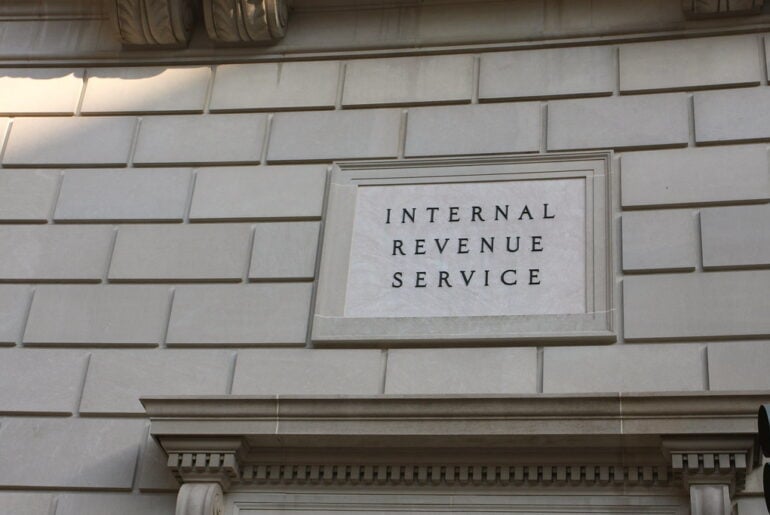SECURE 2.0 Act of 2022 (the “Act”) was signed into law by President Biden on December 29, 2022, as part of the year-end omnibus spending bill known as the Consolidated Appropriations Act of 2023. The Act follows the Setting Every Community Up for Retirement Act of 2019 (often referred to as “SECURE Act 1.0”) and makes numerous changes affecting retirement plans which are intended to strengthen the US retirement system.
Below are some of the key provisions of the Act which will be of interest to retirement plan sponsors.
- Required Minimum Distributions (“RMDs”) –The Act will allow retirement plan participants to start RMD distributions later, eliminate RMD distributions from Roth 401(k) accounts and reduce the penalty for failure to timely take an RMD. The age at which retirement plan participants must start taking RMDs from a plan increased from 72 to 73 on January 1, 2023 and will further increase to age 75 in 2033. Like with the RMD change under the SECURE ACT 1.0, these changes do not impact participants who are already receiving RMDs – so participants who turned 72 in 2022 (or earlier) will need to continue distributions. Additionally, starting January 1, 2024, the RMD requirements will no long apply to Roth accounts in employer 401(k) plans. Also, as of January 1, 2023, the penalty for failing to take an RMD was decreased to 25% of the RMD amount not taken – down from 50%.
- Increased Catch-Up Contributions – Starting in 2025, catch-up contributions for participants between the ages of 60 and 63 will increase to the greater of $10,000 (indexed for inflation) or 150% of the otherwise applicable catch-up amount. As of January 1, 2024, participants with wages equal to or greater than $145,000 in the preceding year who wish to make catch-up contributions will be required to make those contributions in the form of Roth contributions.
- Match on Student Loan Repayments – Beginning January 1, 2024, an employer may make matching contributions under its 401(k) plan on certain qualified higher education loan repayments made by a plan participant. Effectively, for match purposes, the participant is treated as if loan repayments had instead been contributed to the plan. Plans that decide to implement this provision must treat matching contributions on actual elective deferrals and loan repayments the same. That is, the match must be at the same rate and subject to the same vesting schedule. Prior to the Act, employers implementing a match on student loan repayments had to rely on private letter rulings (which are not binding except with respect to the taxpayer to which they are issued) as to the IRS position on such arrangements.
- Roth Employer Contributions – Effective immediately, an employer may permit employer matching or non-elective contributions as Roth contributions. Previously, these types of employer contributions were required to be made on a pre-tax basis.
- Eligibility for Part-time Employees – Under current law, 401(k) plans are required to allow part-time employees who completed 500 hours of service in each of three consecutive years to begin participating in the plan, effective January 1, 2024. Starting January 1, 2025, the requirement is lowered to only two consecutive years of 500 hours of service.
- Involuntary Cash-Out Limit – For distributions made after December 31, 2023, the small balance cash-out limit is increased from $5,000 to $7,000.
- Emergency Withdrawals – Beginning January 1, 2024, certain withdrawals from eligible retirement plans for “unforeseeable or immediate financial needs relating to personal or family emergency expenses” will not be subject to the 10% tax on early distributions. Withdrawals are limited to $1,000 (or, if smaller, the amount that leaves at least $1,000 of vested benefits remaining in the account after the withdrawal) and only one such withdrawal is permitted per year. These are similar to the COVID withdrawals and the plan may rely on the participant’s self-certification of the emergency. After an emergency withdrawal is taken, no additional emergency withdrawals may be made within the following three years unless the participant has repaid the emergency withdrawal or has contributed an amount equal to the prior withdrawal.
- Emergency Savings Accounts – Starting January 1, 2024, defined contribution retirement plans can provide for an emergency savings account for non-highly compensated employees. Contributions to the account must be on a Roth basis and can be elective by the employee or an employer may automatically enroll employees (at not more than a three percent of pay rate). Contributions are limited to $2,500 annually. If the plan provides for matching contributions, the match must also apply to the amount contributed to the emergency savings account. Contributions must be held in cash, in an interest bearing account, or invested in a fund designed to preserve principal.
- De Minimis Participation Incentives – In general, employers are prohibited from providing incentives or benefits (other than matching contributions) to encourage participation that are contingent on an employee making elective deferrals to a 401(k) plan. The Act provides an exception to this general rule for plan years after 2022 by allowing employers to provide “de minimis financial incentives” (e.g., gift cards) that are not paid for with plan assets. The statute does not define what constitutes a “de minimis financial incentive” but future guidance on that point is expected.
- Recovery of Overpayments – Under the Act, plan fiduciaries now have some discretion over whether to seek recoupment of overpayments made to retires. In addition, plan sponsors may not be required to make contributions of un-recouped overpayments under certain circumstances. Where a plan does seek recovery of overpayments, certain restrictions will apply. For example, if the recoupment is to be made by reducing future payments, the periodic payment may not be decreased to less than 90% of the amount otherwise payable by the plan and participants must generally be notified within three years of the overpayment. In addition, if an overpayment has been rolled over, the overpaid amount will continue to be treated as a rollover contribution.
- Missing Participants– In an effort to assist with resolving missing and non-responsive participant issues, the Act requires the establishment of an online database to be known as the Retirement Savings Lost and Found. The database will permit individuals to locate former retirement plans in which they were a participant and provide updated contact information. Eventually, plan administrators will need to provide information for the database such as the names and taxpayer identification numbers of each participant or former participant in the plan. This information can only be used to locate missing participants and will not be able to be used for DOL audits.
Plan amendments required or permitted under the Act must be adopted no later than the end of the 2025 plan year for nongovernmental plans. As noted, the above are just some of the more prominent changes for retirement plan sponsors to consider. The Act makes numerous other changes as well.



